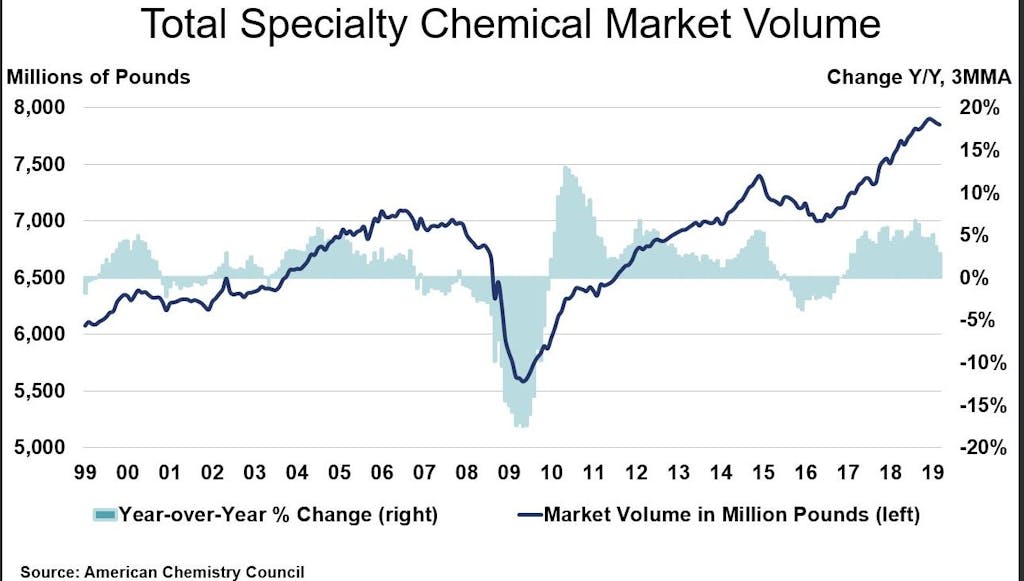HOUSTON (ICIS)–Expectation that feedstock propylene supply will remain healthy will likely keep downward pressure on the US polyether polyol market, heading into this year’s International Petrochemical Conference (IPC).
The US polyether polyol market is structurally long, and prices tend to follow the direction of changes in propylene feedstock costs with a lag of one-to-two months.
Propylene supply has risen in recent months and is expected to stay elevated for much of the year on increasing steam cracking capacity along with improving operating rates at propane dehydrogenation (PDH) plants.
Propylene is produced as a by-product in the steam cracking process, with the primary product being ethylene.
Most new US crackers are designed to use lighter feedstocks producing less propylene co-product by volume, although the sheer scale of US cracker additions is still expected to generate some increase in propylene supply.
PDH units are on-purpose propylene units and are being built out in the US and Canada to increase propylene supplies and keep propylene derivative plants sufficiently supplied.
Compressed producer margins may limit the extent of price decreases for polyether polyols, as producers had not been able to fully reflect the rise in propylene costs which occurred in 2018 onto their end-product prices.
Downstream demand for polyurethane systems has been strong over the past few years but is showing some signs of slowing as the global economy is signaling a deceleration in GDP growth across many of the world’s key economies.
Automotive demand has been slowing in Asia, Europe and the US, while demand from the furniture and bedding sector has been disappointing in North America.
Polyurethane systems are used in a wide variety of applications, with some of the major consuming sectors being automotive, furniture and bedding, construction and appliances.
Polyols are reacted with an isocyanate to produce polyurethane foams.
Major US producers of polyether polyols include Covestro, Dow Chemical and BASF.
Hosted by the American Fuel & Petrochemical Manufacturers (AFPM), the IPC takes place on 24-26 March in San Antonio, Texas.
Focus article by Zachary Moore
https://www.icis.com/explore/resources/news/2019/03/23/10338336/afpm-19-us-polyol-prices-likely-pressured-by-sufficient-propylene-supply/?cmpid=SOC%257CRSS%257Ctwitter%257CFreeNewsFeed


